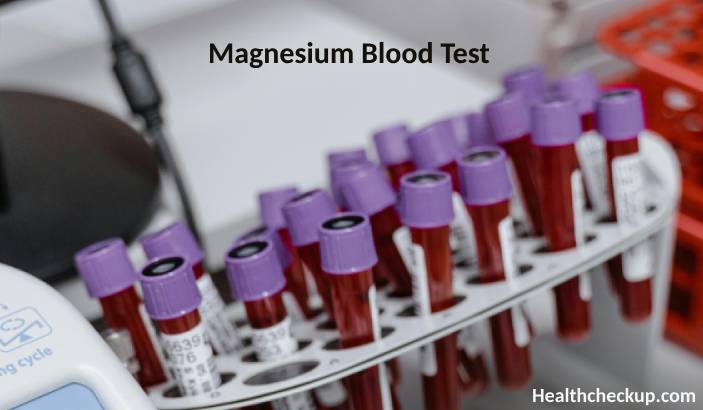Magnesium is a critical mineral necessary for numerous bodily functions, including muscle and nerve function, blood glucose control, and the production of protein and energy. A magnesium blood test measures the level of magnesium in the blood and is essential for diagnosing and monitoring various health conditions.
Purpose of Magnesium Blood Test
- Diagnosing Magnesium Deficiency or Excess: The test is primarily used to detect abnormally low or high magnesium levels, which can indicate various medical conditions.
- Evaluating Symptoms: Symptoms such as muscle weakness, twitching, cramping, confusion, cardiac arrhythmias, or seizures might prompt this test to rule out magnesium as a contributing factor.
- Monitoring Health Conditions: It’s often used to monitor individuals with conditions that affect magnesium absorption or excretion, such as kidney disease or gastrointestinal disorders.
- Assessing Treatment Efficacy: The test can help evaluate the effectiveness of supplementation or treatment aimed at correcting magnesium imbalance.
Preparation for the Test
- Fasting: You may be asked to fast for 6-12 hours before the test to ensure accuracy in measuring magnesium levels.
- Medication Review: Inform your healthcare provider about all medications and supplements you are taking. Certain medications can affect magnesium levels, and adjustments may be necessary before the test.
- Avoiding Magnesium Supplements: If not medically necessary, avoid taking magnesium supplements a few days before the test, as they can skew results.
Procedure of Magnesium Blood Test
- Blood Sample Collection: The test involves drawing a small amount of blood, usually from a vein in the arm. The area is first cleaned with an antiseptic.
- Sample Handling: The collected blood is typically placed in a tube and sent to a laboratory for analysis.
- Duration: The blood draw itself is quick, generally taking just a few minutes.
Normal Range
- Typical Magnesium Levels: Normal blood magnesium levels are typically between 1.7 and 2.2 mg/dL (0.85 to 1.10 mmol/L). However, normal ranges can vary slightly between different laboratories.
- Age and Gender Variations: Normal values may slightly differ based on age and, less commonly, gender.
Results Interpretation
- Normal Results: Indicate that the magnesium level within the blood is within the expected range, suggesting no significant issues with magnesium balance.
- Low Magnesium Levels: Can indicat
- e a deficiency, which might be due to inadequate dietary intake, increased excretion by the kidneys, or poor absorption in the gut. Symptoms of deficiency include muscle cramps, seizures, and arrhythmias.
- High Magnesium Levels: Usually occur less frequently and can be caused by excessive supplementation or decreased excretion due to kidney dysfunction. Symptoms of excess include lethargy, decreased breathing rate, and heart issues.
Magnesium blood test helps in assessing the magnesium status in the body, identifying potential imbalances, and guiding treatment decisions. Regular monitoring and maintaining appropriate magnesium levels are essential for maintaining optimal health and preventing potential complications associated with both deficiency and excess of this vital mineral.
I specialize in writing about health, medical conditions, and healthcare, drawing extensively from scientific research. Over the course of my career, I have published widely on topics related to health, medicine, and education. My work has appeared in leading blogs and editorial columns.








